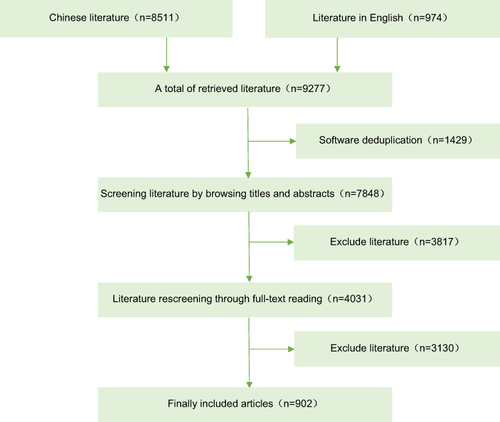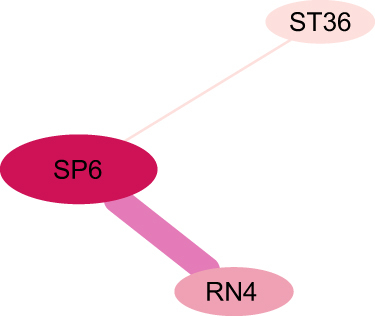Figures & data
Table 1 Literature Quality Evaluation Form (CONSORT STATMENT)
Table 2 Intervention Methods for Single SP6 Acupoint
Table 3 Frequency Statistics of Clinical Applications Using Single SP6 Acupoint as the Prescription
Figure 2 Single acupoint network diagram.
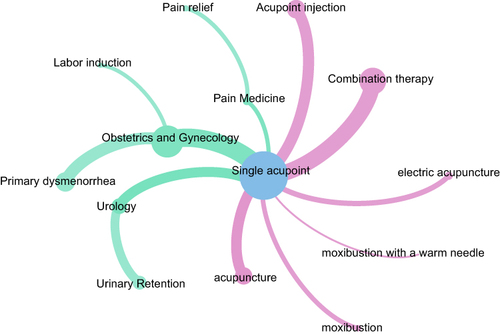
Table 4 Intervention Methods for Multiple Acupoint Combinations in Treatment
Table 5 Frequency Statistics of Clinical Applications Using SP6 in Combination with Multiple Acupoints as the Prescription
Figure 3 Multi-acupoint matching network diagram.
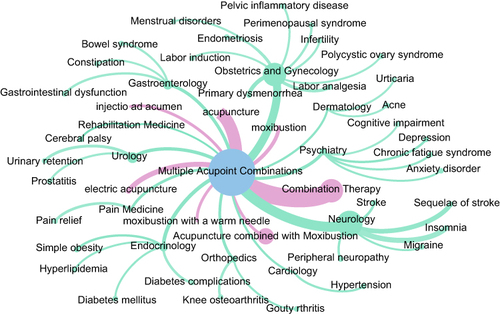
Table 6 Association Rule Analysis of Acupoint Combinations in SP6 Multi-Acupoint Applications
Table 7 Commonly Used Combinations of Acupoints and Their Corresponding Meridians
Table 8 Analysis of Acupoint Matching Association Rules Applied in Neurology
Figure 4 Relationship diagram of high frequency acupoint network in neurology.
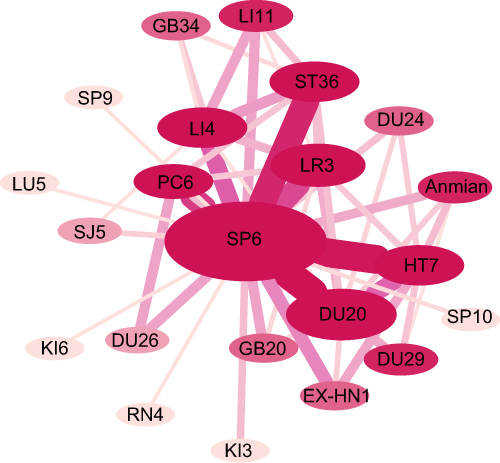
Table 9 Analysis of Acupoint Matching Association Rules Applied in Obstetrics and Gynecology
Figure 5 Relationship diagram of high frequency acupoint network in gynecology and obstetrics.
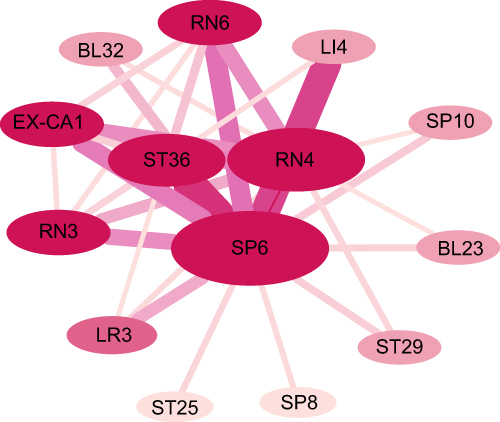
Table 10 Analysis of Acupoint Matching Association Rules Applied in Insomnia
Figure 6 Relationship diagram of high frequency acupoint network in insomnia.
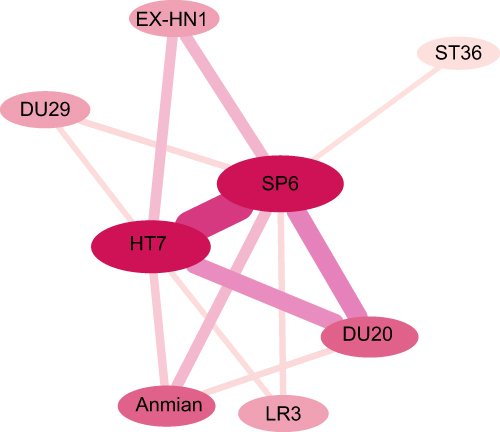
Table 11 Analysis of Acupoint Matching Association Rules Applied in Sequelae of Cerebral
Figure 7 Relationship diagram of high frequency acupoint network in sequelae of stroke.
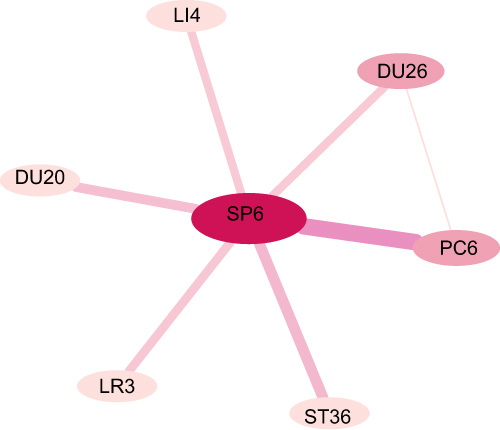
Table 12 Analysis of Acupoint Matching Association Rules Applied in Primary Dysmenorrhea

